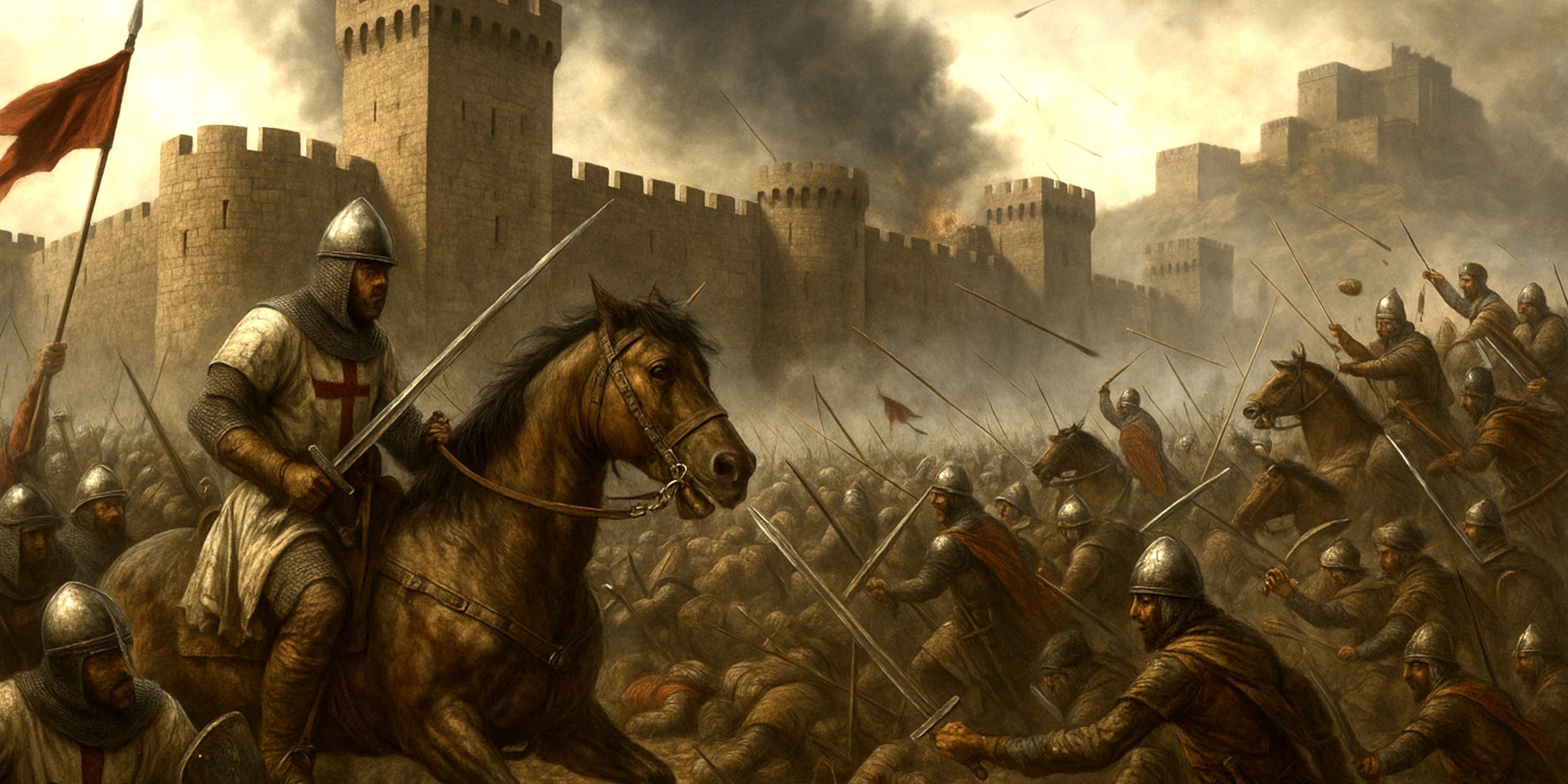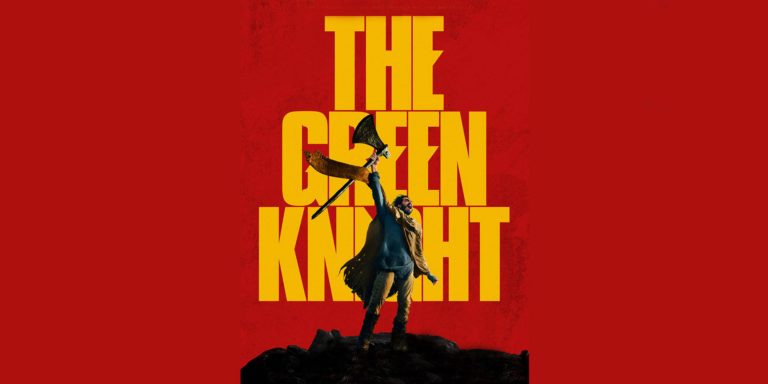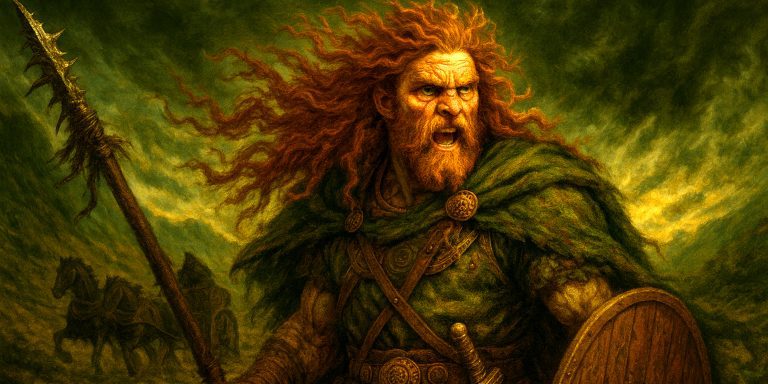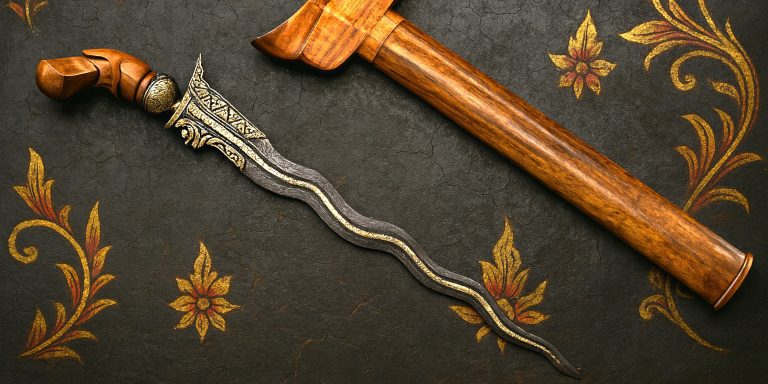
The First Crusade’s siege of Antioch (October 1097 to June 1098) was one of the most gruelling episodes of medieval warfare. It was not a swift storming of walls but a protracted ordeal of hunger, desertion, treachery, and a touch of divine theatre when the Holy Lance was ‘discovered’. Antioch mattered. Whoever controlled the city controlled the gateway between Asia Minor and the Levant. And for the Crusaders, it became a prize worth bleeding for twice over.
Background
Antioch, once a jewel of the Byzantine Empire, had fallen into the hands of the Seljuk Turks in the late 11th century. By the time the Crusaders arrived, the city was heavily fortified with colossal walls and towers stretching over four miles, crowned by a citadel on Mount Silpius. Taking it would not be a casual matter of knocking on the gates.
The Crusaders laid siege in October 1097, with little in the way of supplies and even less in the way of coherent leadership. What followed was half-miracle, half-madness.
Forces
| Side | Estimated Strength | Notes |
|---|---|---|
| Crusaders | 30,000–40,000 at outset (dwindling drastically by spring 1098) | Combination of knights, infantry, pilgrims; heavy attrition from starvation and desertion |
| Seljuk Garrison (Yaghi-Siyan) | 6,000–7,500 | Heavily fortified inside the city |
| Muslim Relief Armies | 20,000–40,000 (Kerbogha of Mosul, June 1098) | Well supplied, fresh troops, cavalry heavy |
Leaders and Troop Composition
Crusaders
- Bohemond of Taranto – opportunistic Norman commander, ultimately secured Antioch for himself.
- Raymond IV of Toulouse – ambitious Provençal noble, less popular with the soldiery.
- Godfrey of Bouillon – tall, devout, with a flair for the dramatic charge.
- Adhemar of Le Puy – papal legate, tried to keep everyone’s egos from tearing the army apart.
Troop Types
- Heavy knights in mail hauberks with kite shields and arming swords.
- Infantry armed with spears, axes, and bows.
- Camp followers pressed into service when numbers dwindled.
Defenders
- Yaghi-Siyan – Seljuk governor of Antioch, shrewd and ruthless.
- Kerbogha of Mosul – commanded the relief force, though his authority wavered among allies.
Troop Types
- Turkish mounted archers (the scourge of the open field).
- Garrison infantry with spears, composite bows, and curved swords (kilij).
- Light cavalry auxiliaries.
Arms and Armour
- Crusader Weapons
- Arming swords: straight, double-edged, used with shield or lance.
- Lances: primary shock weapon of mounted knights.
- Axes and maces: brutal tools for breaking armour.
- Armour: chainmail hauberks, conical helmets with nasal guards, kite shields.
- Seljuk Weapons
- Kilij: a single-edged curved sabre, ideal for slashing attacks.
- Composite bows: highly effective from horseback, outranging Western bows.
- Spears and javelins for both foot and horse.
- Armour: lamellar or scale for cavalry, lighter gear for infantry.
Archaeology
Antioch’s medieval walls, though battered, still reveal the immensity of its defences. Archaeological surveys have traced the line of the Crusader siege camps. Excavations also highlight Byzantine-era construction later modified by the Seljuks. Artefacts such as arrowheads, mail fragments, and ceramics give us glimpses of both besiegers and besieged. Sadly, much of ancient Antioch lies under the modern city of Antakya, leaving historians to squint at partial ruins while imagining the misery of the Crusader winter.
Battle Timeline
- October 1097: Crusaders arrive and encircle Antioch. Initial assaults fail.
- Winter 1097–98: Severe famine; reports of Crusaders boiling leather and eating horses, rats, and worse. Desertions common.
- February 1098: A relief army under Ridwan of Aleppo is defeated outside the city.
- June 2–3, 1098: Bohemond negotiates with Firouz, an Armenian guard, who betrays the city. Crusaders scale the walls at night, seizing Antioch. Yaghi-Siyan flees and is killed.
- June 7–28, 1098: Kerbogha of Mosul arrives with a massive relief army. Crusaders, now trapped inside, suffer further starvation.
- June 14, 1098: Discovery of the ‘Holy Lance’ (supposed spear of Longinus). Morale soars, scepticism notwithstanding.
- June 28, 1098: Crusaders sally forth, miraculously rout Kerbogha’s larger army.
Contemporary Voices
- Anna Komnene (Byzantine princess and historian): described Antioch as “a fortress of iron walls… almost invincible to assault.”
- A Crusader eyewitness: on the discovery of the Holy Lance, “Our hearts were filled with such joy that we wept, believing surely that God had given us this sign.”
- Muslim chronicler Ibn al-Athir: scathingly wrote of the Crusaders as “beasts in human form.”
Legacy
The siege of Antioch stands as a grim lesson in medieval persistence. The Crusaders endured starvation, desertion, and betrayal, yet somehow emerged victorious. Bohemond, naturally, claimed the city for himself, much to Byzantine annoyance. Antioch became a Crusader stronghold for nearly two centuries, a testament to the madness and tenacity of 1098.
As for the Holy Lance, it was either a miraculous relic or a well-timed piece of theatre. Given the state of the Crusader stomachs by June, one suspects most of them would have charged Kerbogha with a cooking pot if it promised food at the end of it.
Watch the documentary:



